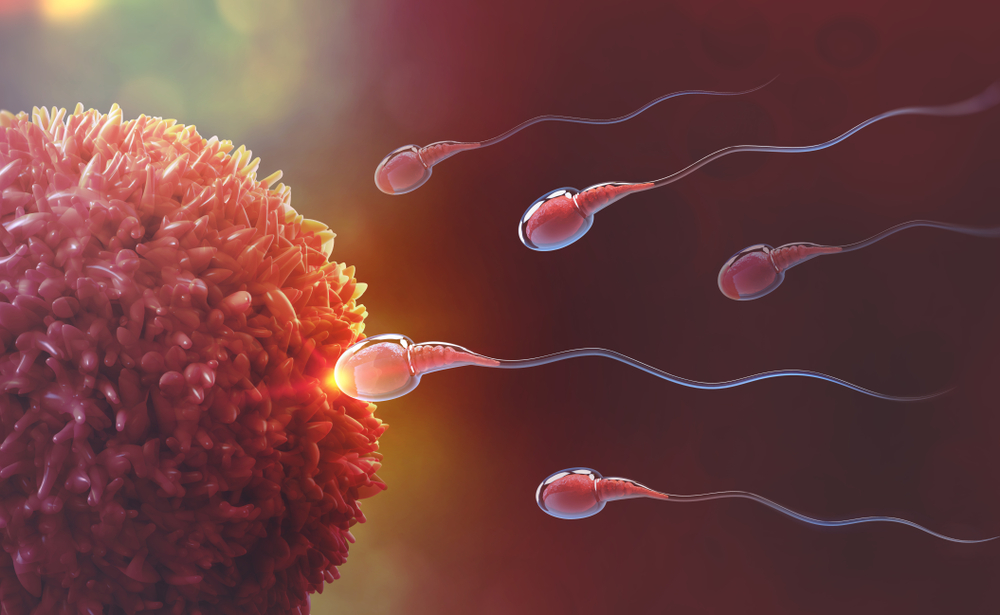
Oocyte donation
Infertility secondary to absent or irreversibly abnormal oocyte development was once considered to present an absolute barrier to fertility. Women with intractable oocyte disorders were told that they were functionally sterile and that their only option for building a family was adoption. The development and refinement of assisted reproductive technologies in the 1980s provided clinicians and scientists with another means of helping these women. In vitro, access to human oocytes and embryos allowed embryos that result from a healthy oocyte produced by one woman to be transferred to the uterus of another, where they may implant, develop, and ultimately lead to the delivery of a healthy child.
The first report of a successful pregnancy established in one woman (the recipient) with an oocyte from another (the donor) was in 1983. The original technique described by Buster involved intracervical artificial insemination of a normal female volunteer with the infertile couple’s husband’s spermatozoa, uterine lavage during the perinidatory period and subsequent intrauterine embryo transfer to a synchronized recipient. Although revolutionary, the technique had several shortcomings. Concerns regarding infectious diseases; technical difficulties, which meant that many of the cycles did not lead to recovery of a viable embryo; relatively low implantation rates, even when an embryo was available; and the possibility of pregnancy in the donor limited the application of this technique.
Oocyte donation is now achieved most often through in vitro fertilization (IVF). In this circumstance, controlled ovarian hyperstimulation of the donor is used to increase the number of mature oocytes available at the time of retrieval. IVF is then completed in a routine fashion with the obvious exception that the transfer is to the recipients’ endometrial cavity. Many of the various assisted reproductive technologies have been used successfully to achieve donor oocyte pregnancies. These include GIFT, ZIFT, TEST, and many others. Special management issues in oocyte donation cycles include the need for embryo-endometrial synchronization; maintenance of hormonal support of the endometrium until after the physiologic luteal-placental shift; and the myriad of issues surrounding recruitment, selection, and screening of oocyte donors. Successful oocyte donation requires an established assisted reproduction technology program and a specially trained team of physicians, nurses, social support personnel, and embryologists. Once in place, these programs may enjoy exceptional clinical success. Several thousand babies who developed from donor oocytes have been born throughout the world.
